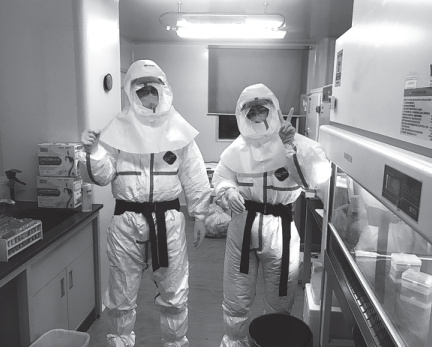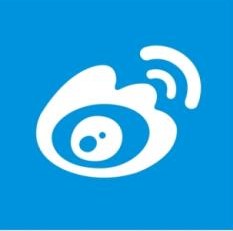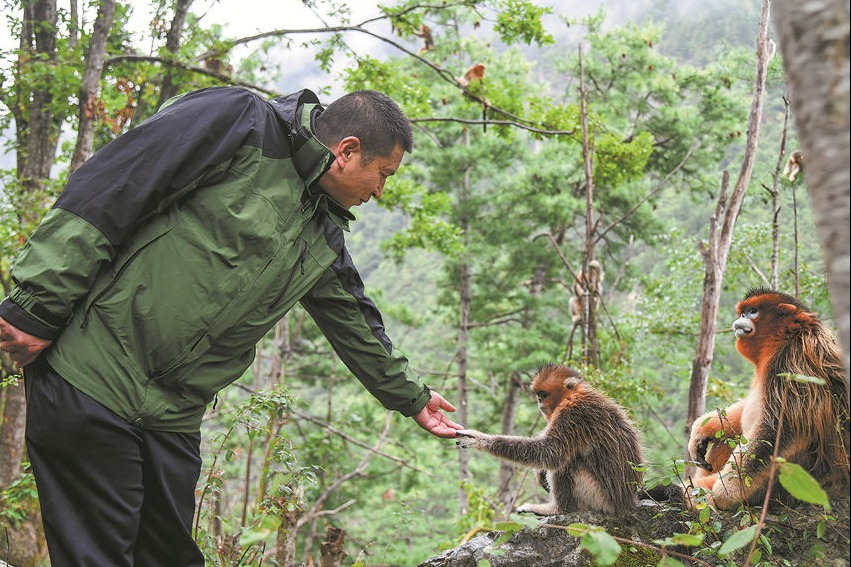'Virus detective' confident of team cracking case

 Zheng (right) and a colleague in their lab. XINHUA
Zheng (right) and a colleague in their lab. XINHUA
During her nearly 40 days of work in Enshi, Zheng has been working around the clock to extract nucleic acid from throat swabs, prepare detection reagents and analyze the results with specific equipment as she must deliver the entire day's data to the local CDC headquarters as fast as possible.
She has four to five hours of being in the same space as the virus during every shift in the laboratory which tests about 500 samples on average every day.
"It takes a while to just put the thick hazmat suit on, so many of us would rather wear diapers than go through the hassle of going to the toilet," she says. "By the end of the day, I am drenched in sweat and my face is left with marks from wearing a protective mask."
For every sample, she needs to press the sample gun three times to extract nucleic acid. "After repeating the move many times, my thumb became sore and numb, but I stuck to it," Zheng says.
The workflow of a nucleic acid detector is also a high risk. During the detection process, a large number of aerosols that are extremely contagious will be generated if a detector disposes of a sample containing the virus in a wrong way.
"You must be extremely cautious no matter how skillful you are. Every operation must strictly follow the safety regulations, which really tests your physical strength and endurance," Zheng says.
As of March 5, the CDC in Enshi had tested more than 20,000 samples.
"I am very proud of my work which provides a reliable diagnosis basis for doctors," says Zheng. "I will stay here until the end of the epidemic."




































